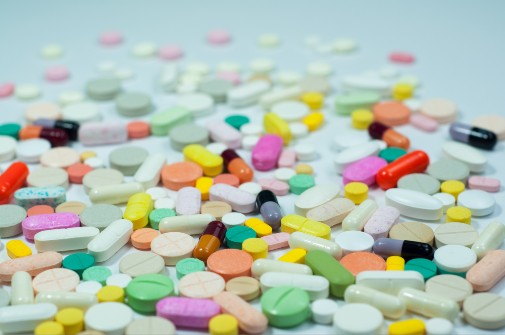New figures show that the total cost of prescription medicines to the NHS in England reached a new high of £17.2 billion in the financial year 2021 -2022, according to a new independent report.
 The pharma industry are currently lobbying for an increase on medicines spending
The pharma industry are currently lobbying for an increase on medicines spending
The report, from a team at the University of York, the London School of Economics and Political Science (LSE), and the London School of Hygiene & Tropical Medicine (LSHTM), shows that since 2018 NHS spending on branded medicines has been increasing by over five per cent annually - this excludes expenditure on COVID-19 vaccines and treatments.
A significant portion of this growth is due to increased spending on hospital-prescribed medicines which rose by 35 per cent from £6.7 billion to £9.1 billion between 2018 – 2022.
Drugs classified as medicines for malignant disease and immunosuppression, including cancer drugs, accounted for £904 million of the total medicines bill growth since 2018, representing a 43 per cent increase in spending on these types of drugs.
Increased spending
Drugs for the respiratory system accounted for a £587 million growth in the medicines bill, representing a 279 per cent rise in spending for this category of drugs.
A small number of products were responsible for increased spending across drug categories. For respiratory system disorders, the top three products contributed to a growth of £561 million in spending between 2018 and 2022. For malignant disease and immunosuppression, the top three products accounted for £333 million of the increased expenditure.
Dr James Lomas, from the University of York's Department of Economics and Related Studies, said: "We have to face the reality that the NHS does not have unlimited resources and the more money we spend on medicines, the less money we have for other medicines, treatments and services that already offer significant health benefits in the NHS."
Too expensive
The report finds evidence that many new medicines are too expensive for the benefits they offer to patients, even after accounting for any potential cost savings.
Dr Huseyin Naci, Associate Professor of Health Policy at LSE, said: "NHS spending is exceeding predictions with relatively few medicines driving the growth in the medicines bill between 2018 – 2022."
The Voluntary Scheme for Branded Medicines Pricing and Access (VPAS) sets a cap on the total allowed sales value of branded medicines to the NHS each year. Under the current scheme, which finishes this year, the cap grows at an agreed rate of two per cent per year and any medicine sales above the cap are paid back to the government through a rebate.
Delayed availability
The pharmaceutical industry argues that VPAS in its current form may limit or delay the availability of new medicines in the UK, have negative impacts on the UK pharmaceutical industry, and reduce the UK's contribution to global pharmaceutical innovation.
The report argues that it would be unlikely and costly for pharmaceutical companies to forgo a UK launch of their products since the NHS has long been a reliable market for them. For example, the Medicines and Healthcare products Regulatory Agency (MHRA) is one of the fastest regulators globally. In addition, NICE recommends most new medicines it appraises for use in the NHS. The report also highlights that new drugs are already exempt from VPAS for three years after their launch.
Incentivising
There is no evidence that the price the NHS pays for medicines is a key factor in driving pharmaceutical industry investment in the UK, according to the report.
Beth Woods, from the University of York's Centre for Health Economics, said: "Incentivising the development of new medicines is important, but the right balance needs to be struck given other NHS priorities – especially at a time when budgets are tight. Doing this requires sharing the value of medicines between providing rewards to the pharmaceutical industry and generating health benefits for patients in the NHS. The pharmaceutical industry is currently getting too big of a slice of the pie."






